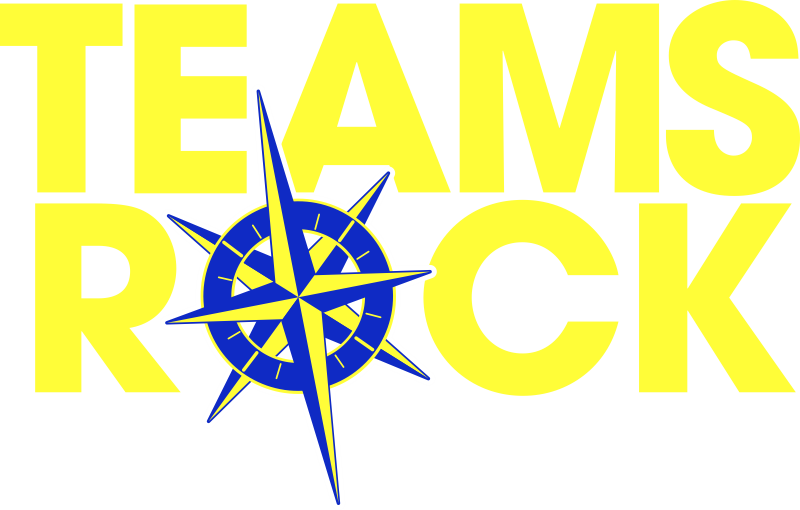Steve was out of the office when Sharon learned of the mistakes she had made on two different cases for Ron and Steve. Sharon immediately went to Ron and told him of the error. Ron blew up and began screaming at Sharon, almost bringing her to tears.
Sharon composed herself and dreaded telling Steve. She knew Steve’s temper was equally explosive. When Steve returned to the office a couple of hours later, Sharon approached him and told him of her mistake. He sat back for a few seconds and said, “Okay, here’s what we can do.” He outlined a plan to correct the problem and they moved forward. Sharon looked at Steve and said, “You’re not upset? You’re not going to yell?” Steve responded, “Yes, I’m upset at the mistake. Mistakes happen. Yelling does not solve the problem.”
Sharon leaned down to Steve, gave him a hug and said thank you. Steve was perplexed, to say the least. A few minutes later, Sharon’s team leader, Angie, came in and told Steve what had happened with Ron. She was pleased with how Steve had handled the problem.
 Mistakes are made in our offices every day. Most of these mistakes are non-life threatening, and can be rectified, sometimes quite easily. An important part of leadership development is learning to handle mistakes appropriately and productively. In this case, Ron and Steve had the exact same problem. Yet, they handled it in very different ways. It’s not tough to see that Ron’s approach caused tension within the team and Steve’s kept the work flow moving forward. Who will Sharon prefer to work with in the future?
Mistakes are made in our offices every day. Most of these mistakes are non-life threatening, and can be rectified, sometimes quite easily. An important part of leadership development is learning to handle mistakes appropriately and productively. In this case, Ron and Steve had the exact same problem. Yet, they handled it in very different ways. It’s not tough to see that Ron’s approach caused tension within the team and Steve’s kept the work flow moving forward. Who will Sharon prefer to work with in the future?
Seven simple factors that impact all teams
- Self Interest: When someone focuses only on themselves, this can impact the team in a negative way. While the initial problem may be handled, the lasting scars tend to hurt long after the initial pain goes away.
- Presence of a Good Leader: Never underestimate the power of a good leader. A good leader will be very supportive of their team members and handle conflict appropriately.
- Common Goals: Nothing brings a team together better than when the goal is shared among the entire team. It begins the concept of, “All for one and one for all.” The key is to keep the common goal in clear focus of everyone and not lose sight of it.
- Belief in the Team’s Vision: Most organizations have a team vision. Many departments may even have their own vision. Does your team? The team vision should be one that aligns with that of the organization. When everyone on the team buys into the vision and has 100% belief, the vision then becomes the bedrock of your team. Teams that have belief in a shared vision have less turnover, better morale, and significantly greater productivity.
- Lone Ranger Syndrome (LRS): When new members arrive on a team (even if they are coming from another department) the team needs to have a plan for integrating them into their team, and quickly. The quicker a new member feels like they are a part of this team, the shorter the learning curve. Remember, the will of a person drives the skills of a person. When the new hire feels like they are part of your team, their will skyrockets and they begin to learn your process faster.
- Organizational Perspective: Many employees feel they do a good job on their segment, but what does it do for the entire organization? The more the front-line knows about what each department does, and how it integrates with everyone else, the better the overall workflow. An added benefit here is that employees may see another department they may want to move into as their career progresses. This is awesome because the recruitment turnover costs are greatly reduced, and you keep a much happier family.
- Trust and Respect: Without a doubt, when trust and respect are lacking, the team is headed for demise. This is the ultimate cancer on a team, regardless of if the members like each other. Trust and respect are critical to the success of the team. There are differing levels of trust, once it is breached it is difficult to get it back. With some people, a breach of trust can never be restored.
Take a moment and go through each of these factors and rate yourself and your team on these. Why not take each one of these seven factors and have a brief (less than 10 minutes) discussion about each over the next seven weeks? Awareness is the biggest challenge of any team. The more you can get everyone to talk, the better the progress of your team.


Leave A Comment